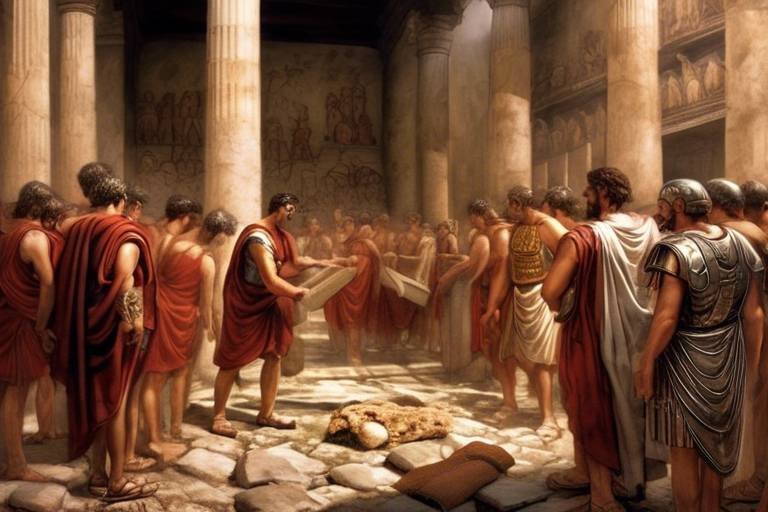Decoding the Voynich Manuscript - An Ancient Puzzle
The Voynich Manuscript stands as one of history's most perplexing enigmas, shrouded in mystery and intrigue. This ancient text, filled with cryptic symbols and elaborate illustrations, has captivated scholars and enthusiasts for centuries. Its pages hold a puzzle waiting to be decoded, a riddle begging to be solved. What secrets lie within its intricate script, and what hidden knowledge does it conceal?
Discovered in the early 20th century by a rare book dealer named Wilfrid Voynich, the manuscript has since passed through numerous hands, each one hoping to unlock its secrets. Despite extensive efforts, the true origins of the Voynich Manuscript remain elusive, adding to its mystique and allure. Could it be the work of a brilliant mind or the product of a fantastical imagination?
The symbols and illustrations within the manuscript have baffled experts with their complexity and ambiguity. Scholars have struggled to decipher the meaning behind these enigmatic symbols, leading to a myriad of interpretations and theories. Are they a form of coded language, a symbolic representation, or something else entirely?
Researchers and cryptographers have proposed a multitude of theories in an attempt to unravel the mysteries of the Voynich Manuscript. From claims of hidden alchemical knowledge to speculations of alien origins, the range of interpretations is as diverse as it is intriguing. Each theory offers a unique perspective on this ancient puzzle, sparking debate and speculation among scholars.
Advancements in scientific technology have provided new avenues for studying the Voynich Manuscript. Through carbon dating and spectral imaging techniques, researchers have gained valuable insights into the composition and age of the manuscript. These scientific approaches offer hope for unlocking the secrets hidden within its pages, bringing us one step closer to understanding its enigmatic contents.
Artistic elements and botanical illustrations found within the Voynich Manuscript have sparked further speculation about its origins and purpose. Some believe that these intricate drawings hold clues to the manuscript's intended meaning, suggesting connections to herbalism and medieval art. Could these illustrations hold the key to deciphering the cryptic text, or are they simply elaborate decorations?
Despite centuries of study, the Voynich Manuscript continues to provoke controversy and debate within the academic community. Questions surrounding its authenticity, significance, and interpretation remain unanswered, fueling ongoing discussions and disagreements among experts. The enigmatic nature of the manuscript ensures that its mysteries will endure for generations to come.
In popular culture, the Voynich Manuscript has left a lasting impact, inspiring works of art, literature, and cryptography. Its enigmatic allure has captured the imagination of countless individuals, fueling a fascination with its ancient secrets. As we continue to explore the mysteries of this ancient puzzle, the Voynich Manuscript remains a testament to the enduring power of curiosity and discovery.
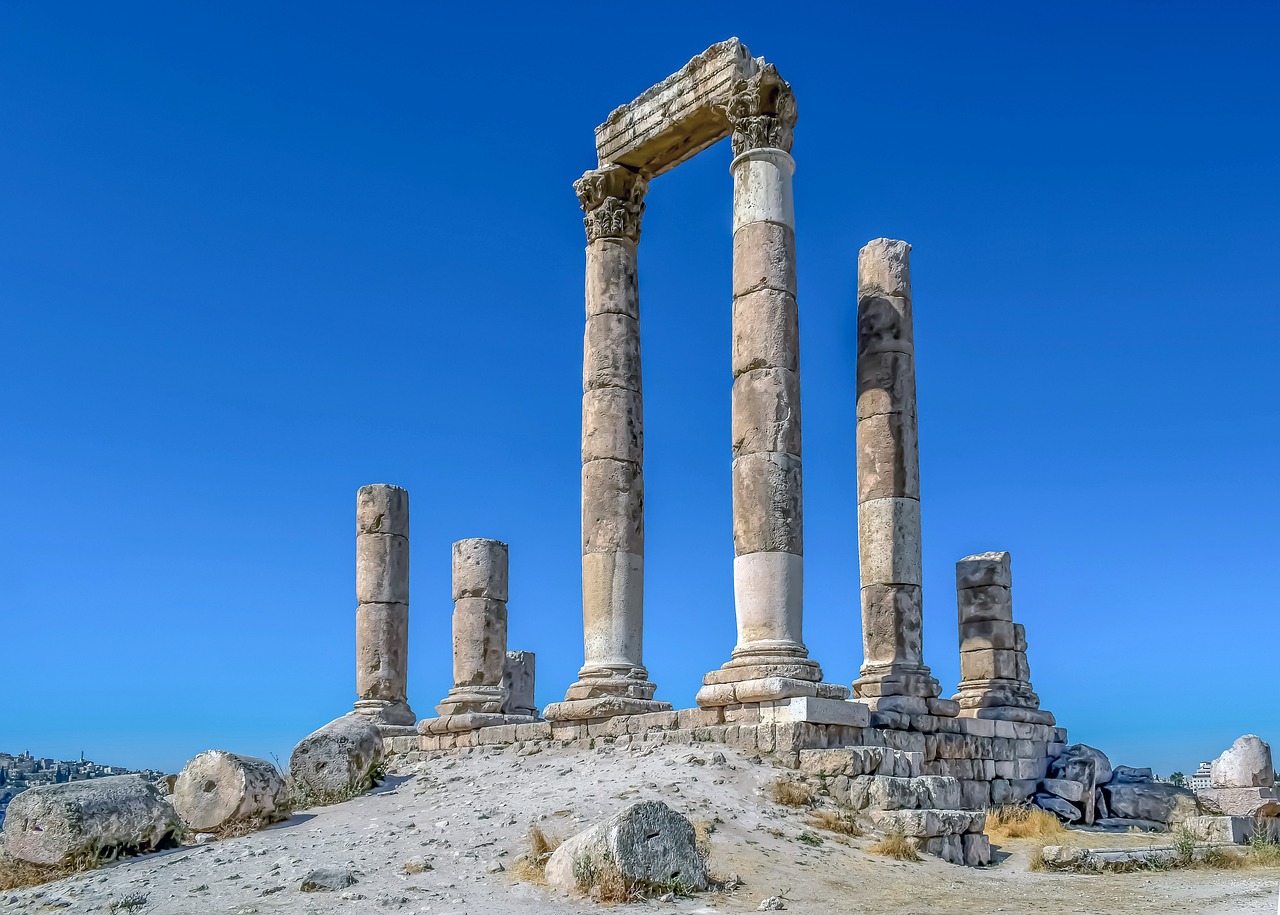
The History of the Voynich Manuscript
The Voynich Manuscript, a cryptic and enigmatic text shrouded in mystery, has captivated scholars and enthusiasts alike for centuries. Its history is as intriguing as its contents, with its origins dating back to the early 15th century. The manuscript is believed to have been named after Wilfrid Voynich, a rare book dealer who acquired it in 1912. However, the true author and purpose of the manuscript remain unknown, adding to its enigmatic allure.
Discovered in Italy, the Voynich Manuscript has changed hands numerous times, passing through the collections of various scholars and enthusiasts. Despite its age, the manuscript has remained remarkably well-preserved, with its pages still filled with intricate illustrations and unknown symbols that continue to baffle experts.
Throughout history, the Voynich Manuscript has sparked countless theories and speculations regarding its origin and meaning. Some believe it to be a work of elaborate hoaxes, while others suggest it holds the key to ancient knowledge or mystical practices. Despite extensive research and analysis, the true purpose of the manuscript remains elusive, fueling ongoing debates and discussions within the academic community.
The Voynich Manuscript's journey through time is a testament to the enduring fascination with this ancient puzzle. As technology advances and new research methods emerge, scholars continue to strive towards unlocking the secrets hidden within its pages. The history of the Voynich Manuscript is a tale of intrigue, curiosity, and relentless pursuit of knowledge, making it a timeless enigma that continues to capture the imagination of all who encounter it.

Analysis of the Cryptic Symbols
The Voynich Manuscript has long been a subject of fascination and bewilderment among scholars and enthusiasts alike. At the heart of this ancient puzzle lie the cryptic symbols that adorn its pages, defying conventional interpretation and analysis. These symbols, meticulously drawn and intricately intertwined with the text, have posed a monumental challenge to decipherment, leading to a myriad of theories and speculations.
One of the most perplexing aspects of the Voynich Manuscript is the sheer diversity and complexity of the symbols it contains. From intricate botanical drawings to abstract geometric shapes, each symbol seems to hold a mysterious significance that eludes even the most seasoned cryptographers. The enigmatic nature of these symbols has sparked intense debate and scrutiny, with researchers attempting to unlock their hidden meanings through various analytical approaches.
Some have suggested that the symbols in the Voynich Manuscript may represent a lost language or code, while others believe they could be purely symbolic or even mystical in nature. The intricate patterns and arrangements of these symbols hint at a sophisticated system of communication, yet their true purpose remains shrouded in mystery.
Researchers have employed a range of scientific methods and technologies to unravel the secrets of the cryptic symbols within the Voynich Manuscript. From spectral imaging techniques to linguistic analysis, each approach offers a unique perspective on the enigmatic text, shedding light on its possible origins and meanings. Despite these efforts, the symbols continue to defy conventional interpretation, leaving researchers with more questions than answers.
As we delve deeper into the analysis of the cryptic symbols within the Voynich Manuscript, we are confronted with a profound sense of mystery and intrigue. Each symbol serves as a tantalizing clue in a larger puzzle, beckoning us to unravel its secrets and unlock the hidden knowledge contained within this ancient text.
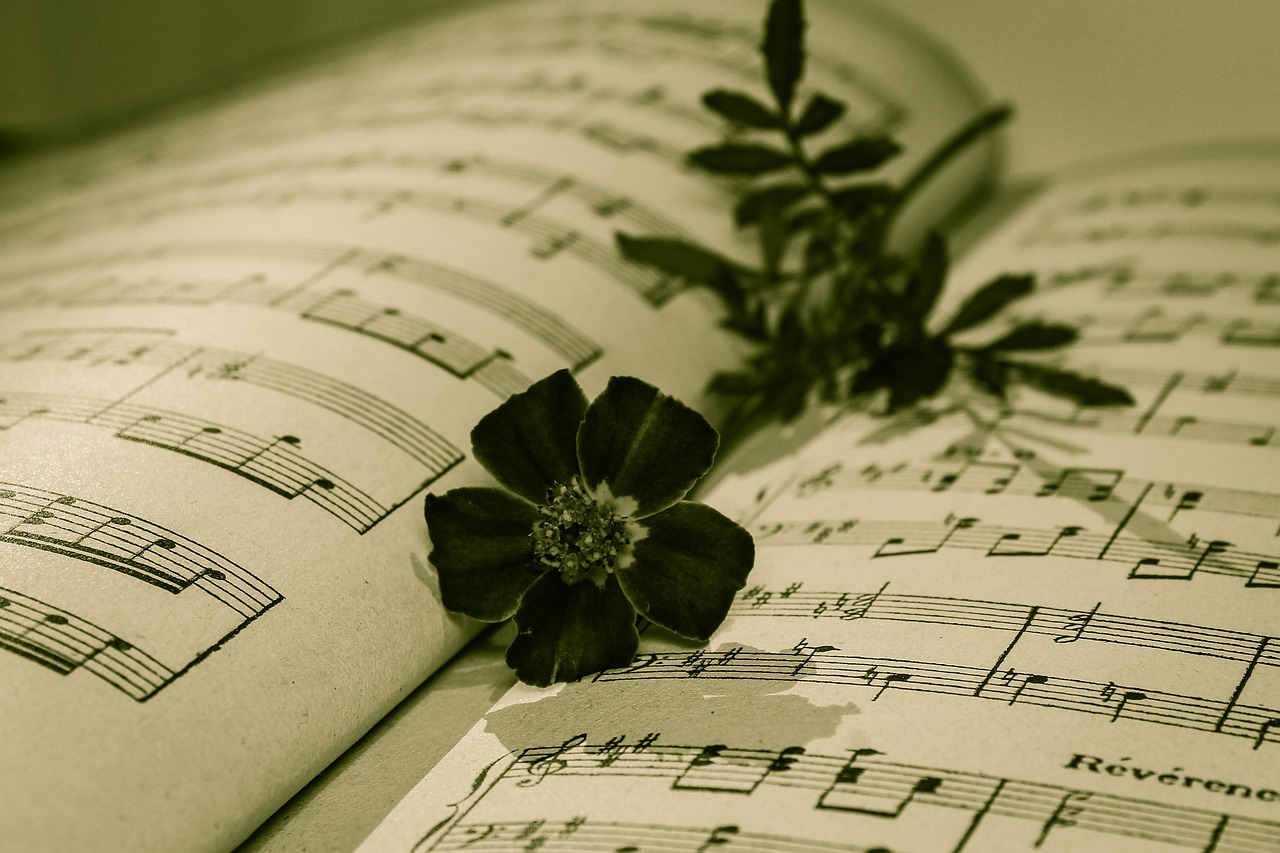
Proposed Theories and Interpretations
When it comes to the Voynich Manuscript, a plethora of theories and interpretations have been proposed over the years in an attempt to unlock its mysteries. One of the most prevalent theories suggests that the manuscript is a detailed guide to medieval herbal medicine, with its intricate botanical illustrations serving as a pharmacopoeia for healing plants. This theory is supported by the presence of plant-like imagery throughout the manuscript, leading some to believe that it holds the key to ancient medical practices.
On the other hand, some researchers argue that the Voynich Manuscript is a complex piece of cryptography, designed to conceal valuable information or secrets. This theory posits that the text is written in a sophisticated code or cipher, making it indecipherable to the untrained eye. Cryptographers have spent countless hours trying to crack the code, but so far, the manuscript's secrets remain elusive.
Another intriguing interpretation suggests that the Voynich Manuscript may have extraterrestrial origins, with some speculating that it is a message from beings beyond our planet. Proponents of this theory point to the otherworldly nature of the manuscript's illustrations and symbols, which they believe could be a form of alien communication. While this theory may seem far-fetched, it highlights the enduring enigma of the Voynich Manuscript and the endless possibilities for interpretation.
Overall, the proposed theories and interpretations surrounding the Voynich Manuscript reflect the complex and enigmatic nature of this ancient text. From herbal medicine to cryptography to extraterrestrial communication, the range of ideas put forth only adds to the mystery and intrigue of this enduring puzzle.
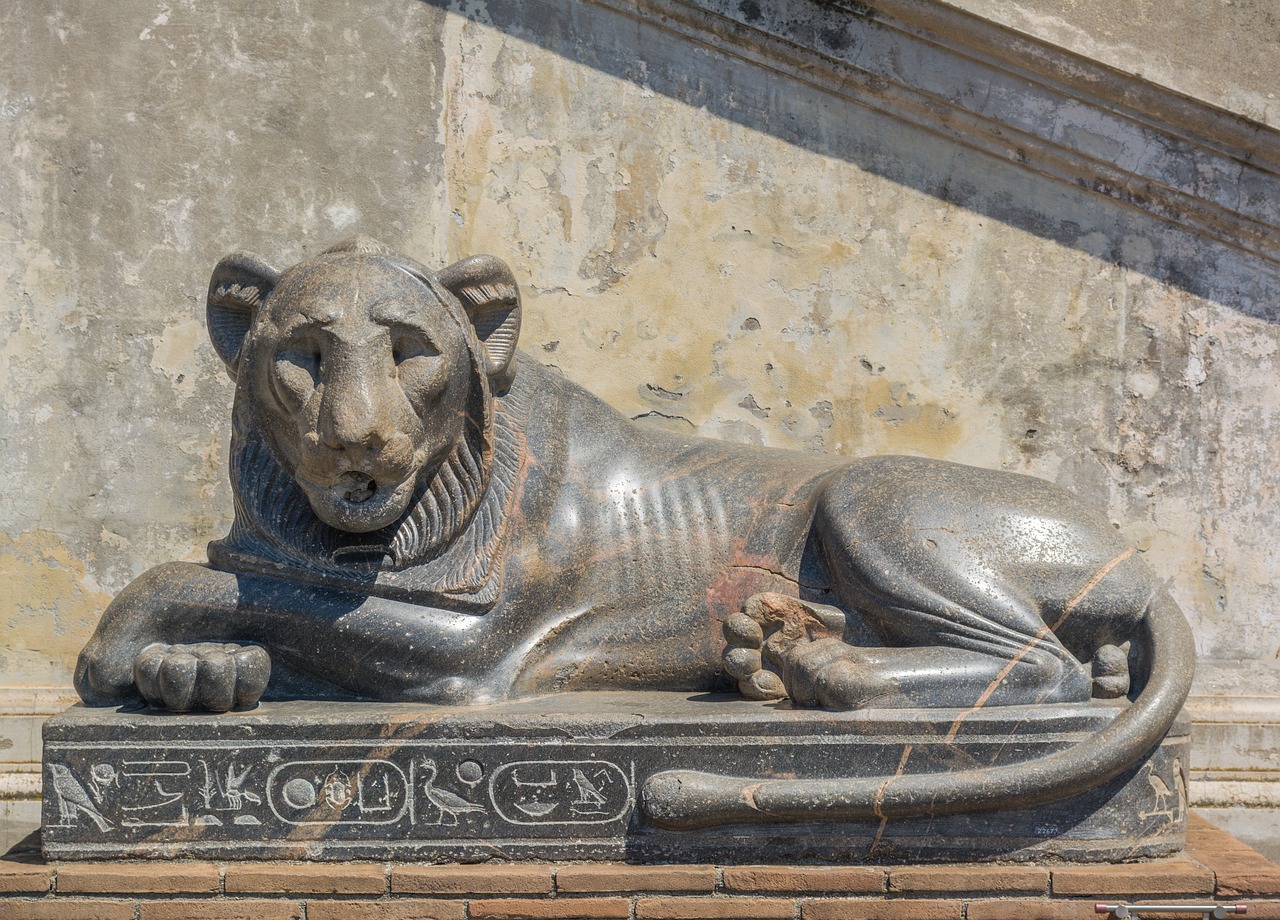
Scientific Approaches to Deciphering the Text
Exploring the mysterious Voynich Manuscript, an ancient text filled with unknown symbols and illustrations. Scholars and cryptographers have long been baffled by its contents, sparking various theories and attempts to unravel its secrets.
Delving into the origins of the Voynich Manuscript, its discovery in the early 20th century, and the intriguing journey it has taken through different hands and interpretations.
Examining the intricate and enigmatic symbols found within the Voynich Manuscript, which have confounded experts for centuries with their unique and unidentifiable nature.
Exploring the diverse range of theories and interpretations put forth by researchers and enthusiasts in an attempt to uncover the meaning and purpose behind the Voynich Manuscript.
Investigating the various scientific methods and technologies employed in recent years to analyze the Voynich Manuscript, from carbon dating to spectral imaging techniques.
Discussing the different hypotheses surrounding the origins and authorship of the Voynich Manuscript, including suggestions of medieval alchemists, cryptographers, and even extraterrestrial sources.
Exploring the intricate botanical illustrations and artistic elements present in the Voynich Manuscript, which have led some to speculate on its potential connections to herbalism and medieval art.
Highlighting the controversies and debates that have arisen within the academic community regarding the authenticity, significance, and interpretation of the Voynich Manuscript.
Examining the ongoing fascination with the Voynich Manuscript in popular culture, its influence on art, literature, and cryptography, and the enduring allure of this ancient enigma.
Stay tuned for answers to common queries about the Voynich Manuscript, shedding light on its mysteries and controversies.
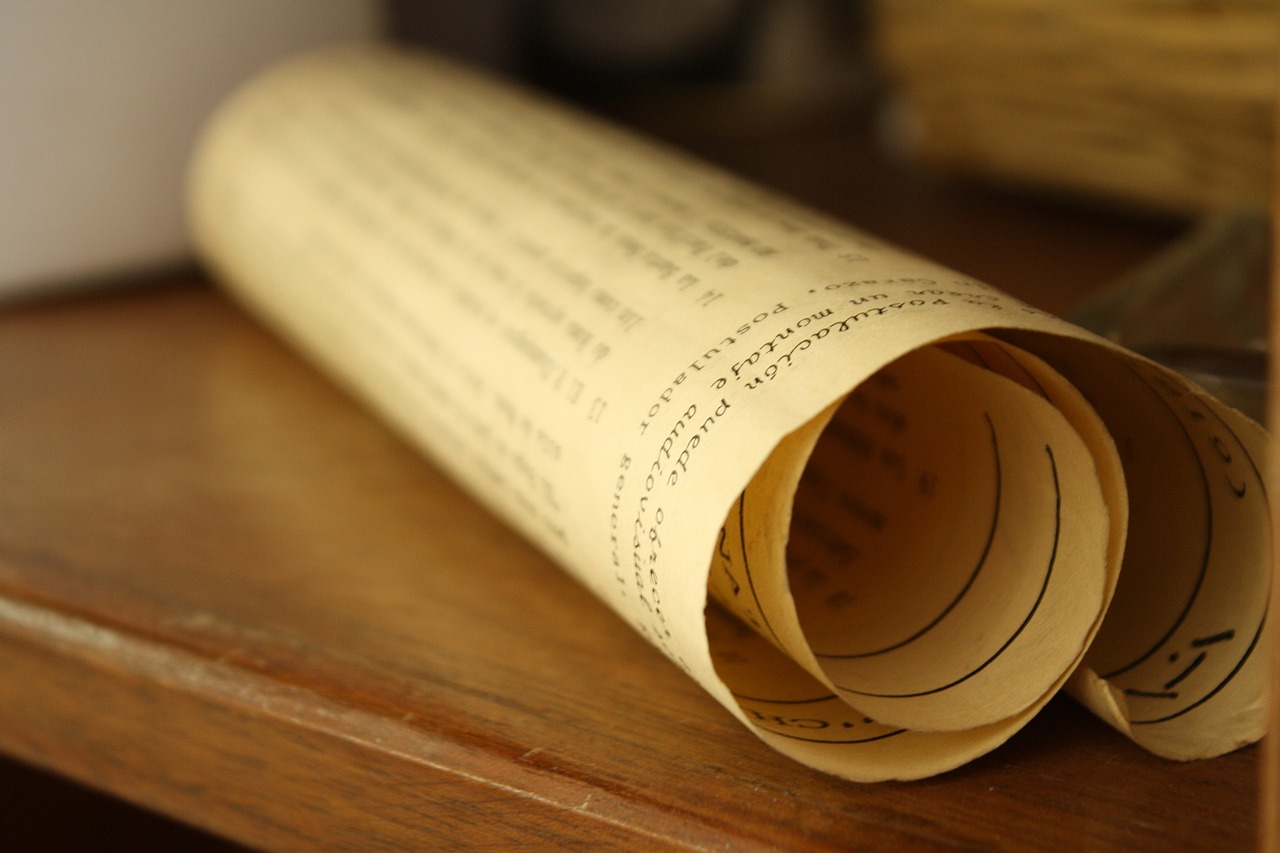
Theories on the Manuscript's Origin and Authorship
When it comes to the mysterious Voynich Manuscript, there is no shortage of theories surrounding its origin and authorship. One of the most prevalent hypotheses suggests that the manuscript was created by medieval alchemists seeking to preserve secret knowledge or encode their findings in a cryptic manner. This theory is supported by the intricate symbols and drawings related to alchemical practices found within the manuscript.
Another intriguing theory proposes that the Voynich Manuscript may have extraterrestrial origins, with some speculating that it could be a message from beings beyond our world. This idea is fueled by the otherworldly nature of the text and illustrations, leading to speculation about possible connections to alien civilizations or advanced technologies.
On the other hand, some researchers argue that the Voynich Manuscript could be the work of an unknown cryptographer or scholar, perhaps creating a complex code or language for a specific purpose that remains a mystery to this day. The intricate nature of the symbols and the lack of any known language resemblance have led to speculation about the expertise and intentions of the manuscript's creator.
Additionally, there are theories that suggest the Voynich Manuscript may have ties to specific historical figures or groups, such as secret societies or religious orders. Some believe that the manuscript holds hidden knowledge or teachings passed down through generations, while others propose connections to ancient civilizations or lost cultures that left behind this enigmatic text as a legacy.
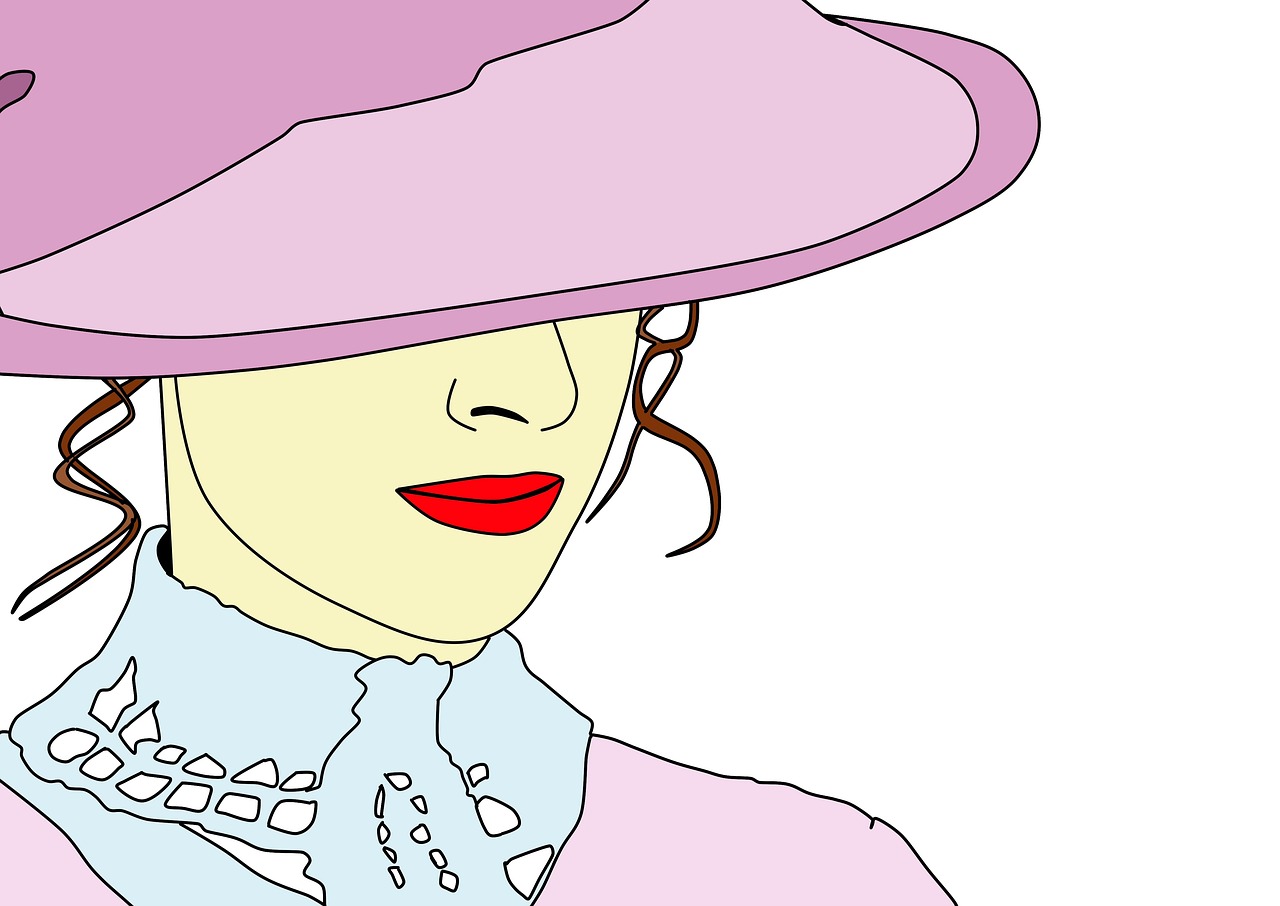
Art and Botany in the Voynich Manuscript
When delving into the enigmatic Voynich Manuscript, one cannot overlook the captivating blend of art and botany that permeates its pages. The manuscript is adorned with intricate botanical illustrations that have puzzled scholars and enthusiasts alike for centuries. These detailed depictions of plants, some of which are unidentifiable in the real world, have sparked speculation about the manuscript's potential connections to herbalism and medieval botanical knowledge.
As one flips through the pages of the Voynich Manuscript, they are met with a visual feast of vibrant illustrations that seem to leap off the parchment. The meticulous attention to detail in the botanical drawings hints at a deep understanding of plant life, leading some to believe that the manuscript may hold valuable insights into ancient herbal practices.
Moreover, the artistic elements present in the Voynich Manuscript go beyond mere botanical illustrations. Intricate patterns, ornate borders, and whimsical motifs adorn the pages, adding to the overall mystery and allure of the text. The fusion of art and botany in the manuscript creates a rich tapestry of imagery that continues to captivate and mystify those who study it.
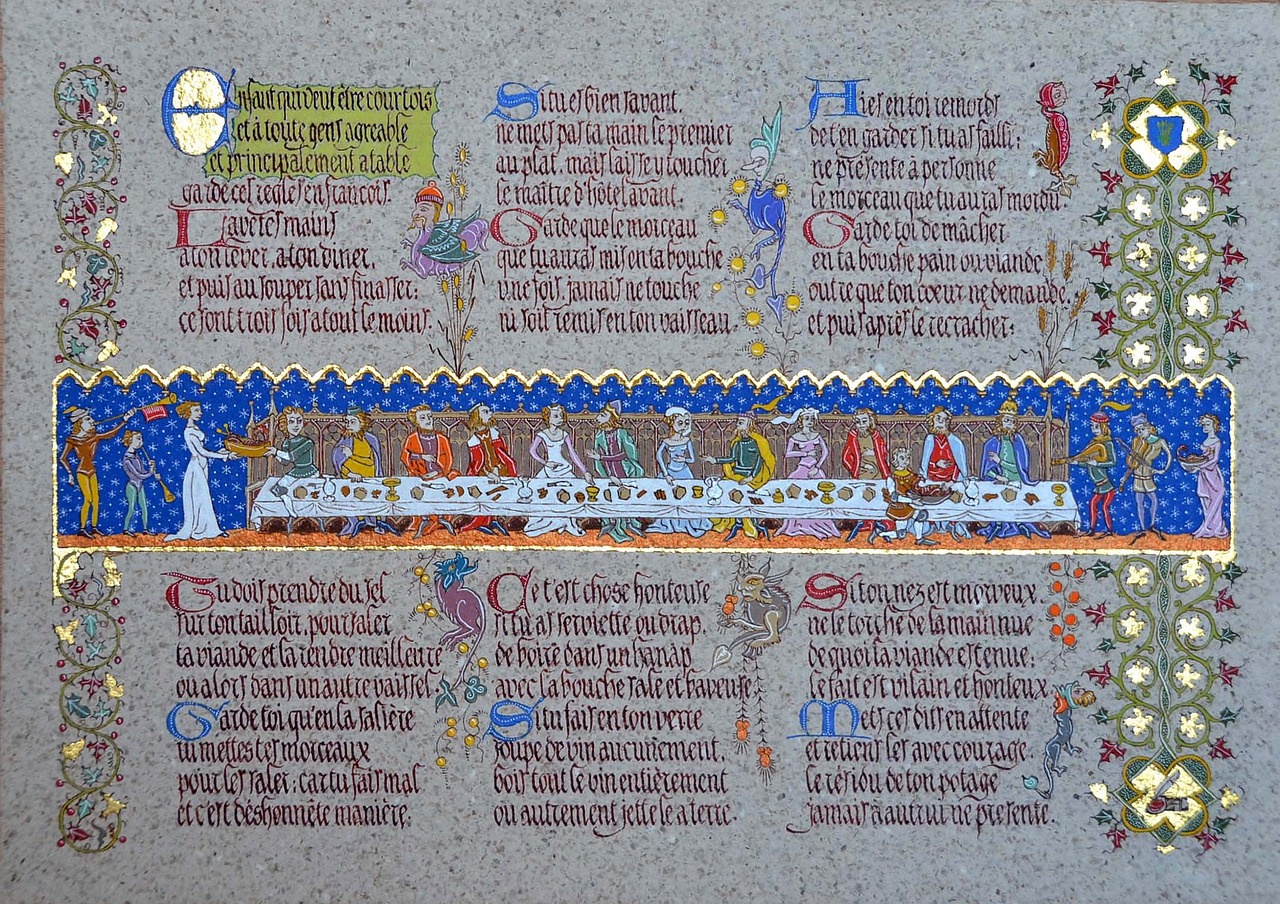
Controversies and Debates in Voynich Manuscript Studies
Controversies and debates surrounding the Voynich Manuscript have stirred up a storm in the academic community, with scholars and experts divided on various aspects of this enigmatic text. One of the primary points of contention revolves around the authenticity of the manuscript itself. Some researchers argue that it is a clever hoax, while others believe it holds genuine historical significance. The ongoing debate has fueled intense scrutiny and analysis, further complicating efforts to unlock its mysteries.
Another hotly debated topic is the language or code in which the Voynich Manuscript is written. Linguists, cryptographers, and historians have all attempted to decipher the text, but no consensus has been reached. The lack of recognizable language patterns or symbols has led to wild speculations about its origin and purpose, adding fuel to the fire of controversy.
Moreover, the illustrations and botanical drawings within the manuscript have sparked debates regarding their accuracy and relevance. Some argue that the intricate depictions of plants and celestial bodies hold hidden meanings, while others dismiss them as mere artistic embellishments. The interpretation of these images continues to be a subject of heated discussion among researchers.
Additionally, the provenance of the Voynich Manuscript has been a point of contention, with questions raised about how it came into existence and who might have been behind its creation. Theories range from medieval alchemists to secret societies, each adding a layer of complexity to the already puzzling narrative of this ancient document.
Overall, the controversies and debates surrounding the Voynich Manuscript underscore the enduring fascination and intrigue that it holds for both scholars and the general public. As researchers continue to grapple with its enigmatic contents, the debates show no signs of abating, ensuring that this ancient puzzle remains as captivating and contentious as ever.
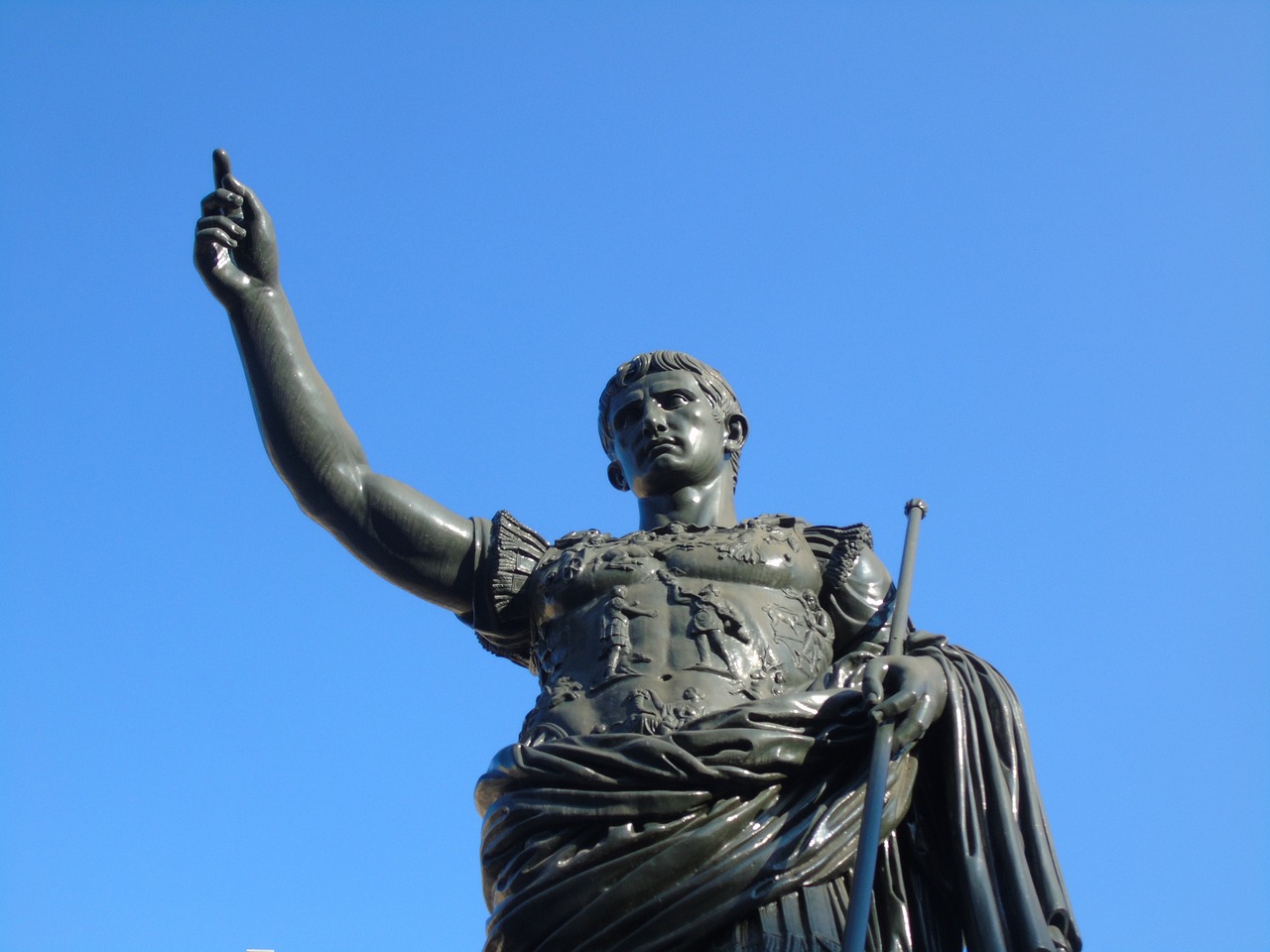
Modern-Day Relevance and Cultural Impact
As we delve into the modern-day relevance of the Voynich Manuscript, it becomes evident that this ancient enigma continues to captivate the imagination of people across the globe. Despite centuries of scrutiny, the mystery surrounding the manuscript remains unsolved, fueling ongoing interest and speculation.
The cultural impact of the Voynich Manuscript extends far beyond its cryptic contents. Its enigmatic nature has inspired artists, writers, and filmmakers, leading to the creation of countless works of fiction and art based on its mysterious symbols and illustrations. The manuscript has become a symbol of intrigue and fascination, weaving its way into popular culture and sparking the curiosity of enthusiasts worldwide.
Moreover, the Voynich Manuscript has left a lasting impression on the field of cryptography, challenging experts and amateurs alike to decipher its secrets. The intricate nature of the symbols and the complexity of the text have pushed the boundaries of linguistic analysis and code-breaking, making it a subject of intense study and debate among scholars and enthusiasts.
From academic circles to internet forums, the Voynich Manuscript continues to spark debates and controversies, with new theories and interpretations emerging regularly. Its enigmatic allure transcends time and space, drawing individuals from diverse backgrounds into the fascinating world of ancient mysteries and unsolved puzzles.
In conclusion, the modern-day relevance and cultural impact of the Voynich Manuscript are undeniable, making it a timeless enigma that continues to intrigue and inspire generations of enthusiasts and researchers alike.
Frequently Asked Questions
- What is the Voynich Manuscript?
The Voynich Manuscript is an ancient text dating back to the 15th century, filled with mysterious symbols and illustrations that have yet to be deciphered by scholars and cryptographers.
- Where was the Voynich Manuscript discovered?
The Voynich Manuscript was discovered in 1912 by Wilfrid Voynich in a villa in Italy. Its exact origins and authorship remain unknown, adding to the intrigue surrounding this enigmatic document.
- What are some proposed theories about the Voynich Manuscript?
Various theories have been put forth regarding the Voynich Manuscript, ranging from it being a sophisticated hoax to a lost language or code, with some even suggesting ties to mystical or extraterrestrial origins.
- How has modern technology been used to study the Voynich Manuscript?
Modern scientific methods such as carbon dating and spectral imaging have been employed to analyze the Voynich Manuscript, offering new insights into its composition and potential meanings.
- What is the cultural impact of the Voynich Manuscript?
The Voynich Manuscript continues to captivate popular culture, influencing art, literature, and cryptography. Its enduring mystery sparks creativity and curiosity in people around the world.


